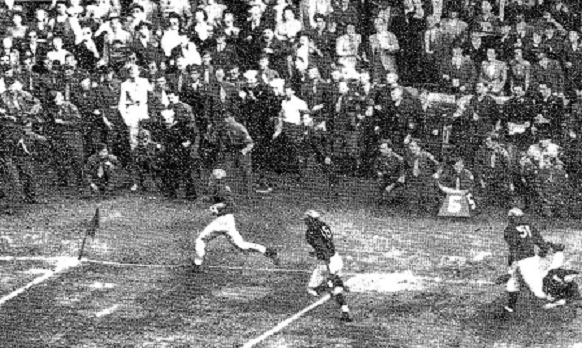


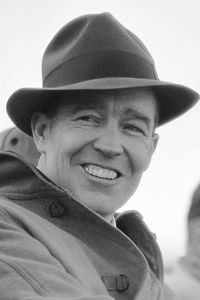
| at Pittsburgh (3-5) | 41-0 | |
| Georgia Tech (8-3) | 55-13 | #7 |
| at Michigan (8-1) | 35-12 | #2 |
| at Wisconsin (1-9) | 50-0 | |
| Illinois (3-7) | 47-0 | |
| (Cleveland) Navy (8-1) | 33-6 | #3 |
| (Bronx) Army (7-2-1) | 26-0 | #8 |
| at Northwestern (6-2) | 25-6 | #6 |
| Iowa Pre-Flight (9-1) | 14-13 | (#2) |
| at Great Lakes Navy (10-2) | 14-19 | (#6) |
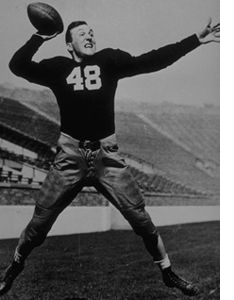
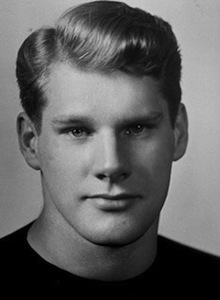
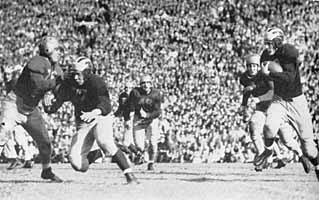
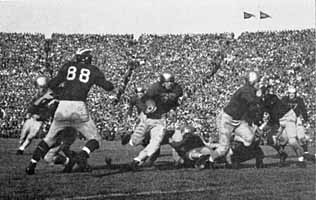
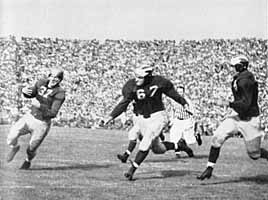
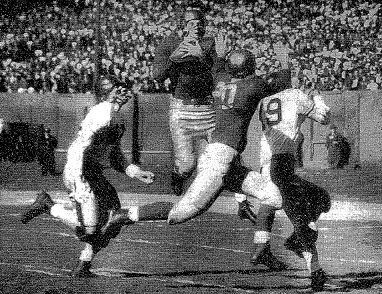
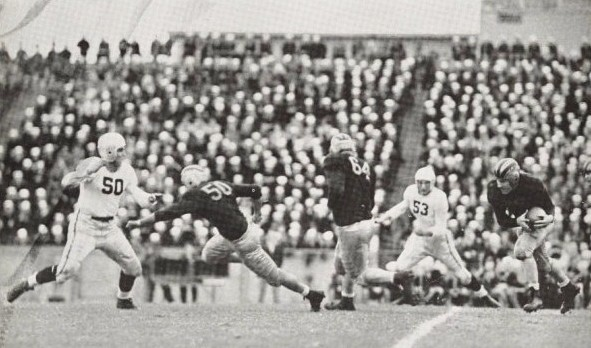
| at Great Lakes Navy (10-2) | 23-13 | (#6) |
| at Marquette (3-4-1) | 21-0 | |
| Illinois (3-7) | 40-21 | |
| Camp Grant (2-6-2) | 19-0 | |
| (Cleveland) Ohio State (3-6) | 30-7 | |
| Iowa (1-6-1) | 28-7 | |
| at Wisconsin (1-9) | 32-0 | |
| at Minnesota (5-4) | 14-7 | |
| at Indiana (4-4-2) | 7-0 |
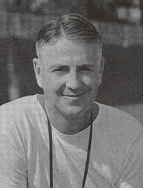 Purdue last contended for an MNC with an 8-0 campaign in 1929,
the start of a terrific 5 year run for the program. They went 36-4-2
and won 3 Big 10 titles 1929-1933, but after that they sank back into
the swamp of mediocrity from which they had arisen. After going 2-6 and
2-5-1 in 1940 and 1941, Purdue moved Elmer Burnham (pictured at left)
from coach of the freshman team to coach of the varsity. Burnham had
been a successful coach at South Bend Central High School 1919-1934,
going 118-30-8, and he had been coaching the Purdue freshmen since
then. His initial campaign as head coach of the varsity resulted in
Purdue hitting bottom, a 1-8 finish in 1942. But 1943 would be an
entirely different story, and obviously one of the great one-year
turnarounds in college football history.
Purdue last contended for an MNC with an 8-0 campaign in 1929,
the start of a terrific 5 year run for the program. They went 36-4-2
and won 3 Big 10 titles 1929-1933, but after that they sank back into
the swamp of mediocrity from which they had arisen. After going 2-6 and
2-5-1 in 1940 and 1941, Purdue moved Elmer Burnham (pictured at left)
from coach of the freshman team to coach of the varsity. Burnham had
been a successful coach at South Bend Central High School 1919-1934,
going 118-30-8, and he had been coaching the Purdue freshmen since
then. His initial campaign as head coach of the varsity resulted in
Purdue hitting bottom, a 1-8 finish in 1942. But 1943 would be an
entirely different story, and obviously one of the great one-year
turnarounds in college football history.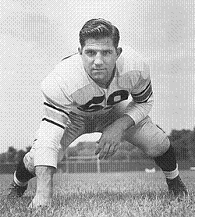
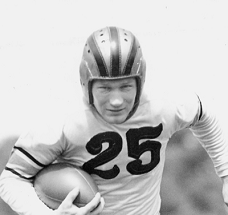
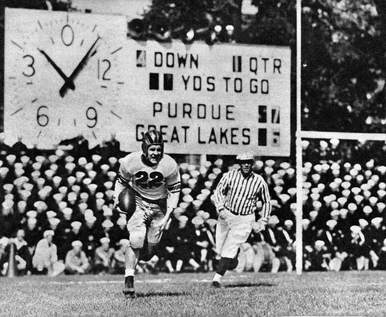
| Notre Dame 9-1 | Purdue 9-0 | ||||||||||||||||||||||||||||||||
|---|---|---|---|---|---|---|---|---|---|---|---|---|---|---|---|---|---|---|---|---|---|---|---|---|---|---|---|---|---|---|---|---|---|
|
|
||||||||||||||||||||||||||||||||
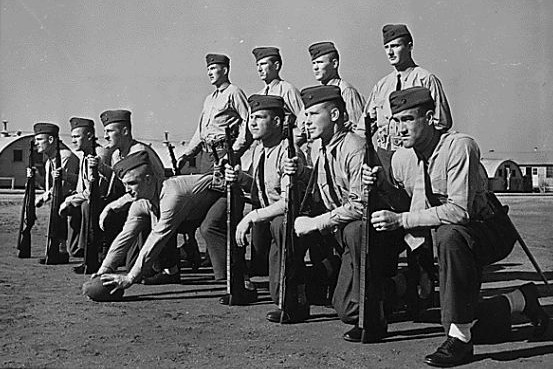
| 1) Boand
(math system) College Football Researchers Association |
5.0 |
| 3) AP Poll National Championship Foundation Poling (math) Billingsley (math) |
4.9 |
| 7) DeVold (math) | 4.8 |
| 8) Litkenhous (math) | 4.5 |
| 9)
Sagarin-ELO
(math) Houlgate (math) |
4.3 |
| 11) Dunkel (math) | 3.9 |
| 12) Sagarin (math) | 3.84 |
| 13) Helms Foundation | 3.80 |
| 14) Berryman (math) | 3.6 |
| 15) Dickinson (math) | 3.0 |
| 16) Williamson (math) | 2.9 |
| 1) Boand (math system) | 4.26 |
| 2) College Football Researchers Association | 4.22 |
| 3) Poling (math) | 4.11 |
| 4) Helms | 4.09 |
| 5) Sagarin-ELO (math) | 4.06 |
| 6) National Championship Foundation | 3.96 |
| 7) Dickinson (math) | 3.49 |
| 8) Houlgate (math) | 3.35 |
| 9) Billingsley (math) | 3.34 |
| 10) Sagarin (math) | 3.28 |
| 11) Parke Davis | 2.77 |
| 1) Houlgate (math system) | 4.5 |
| 2) Helms | 4.3 |
| 3) Parke Davis | 4.2 |
| 4) National Championship Foundation | 3.7 |
| 5) Billingsley (math) | 3.6 |